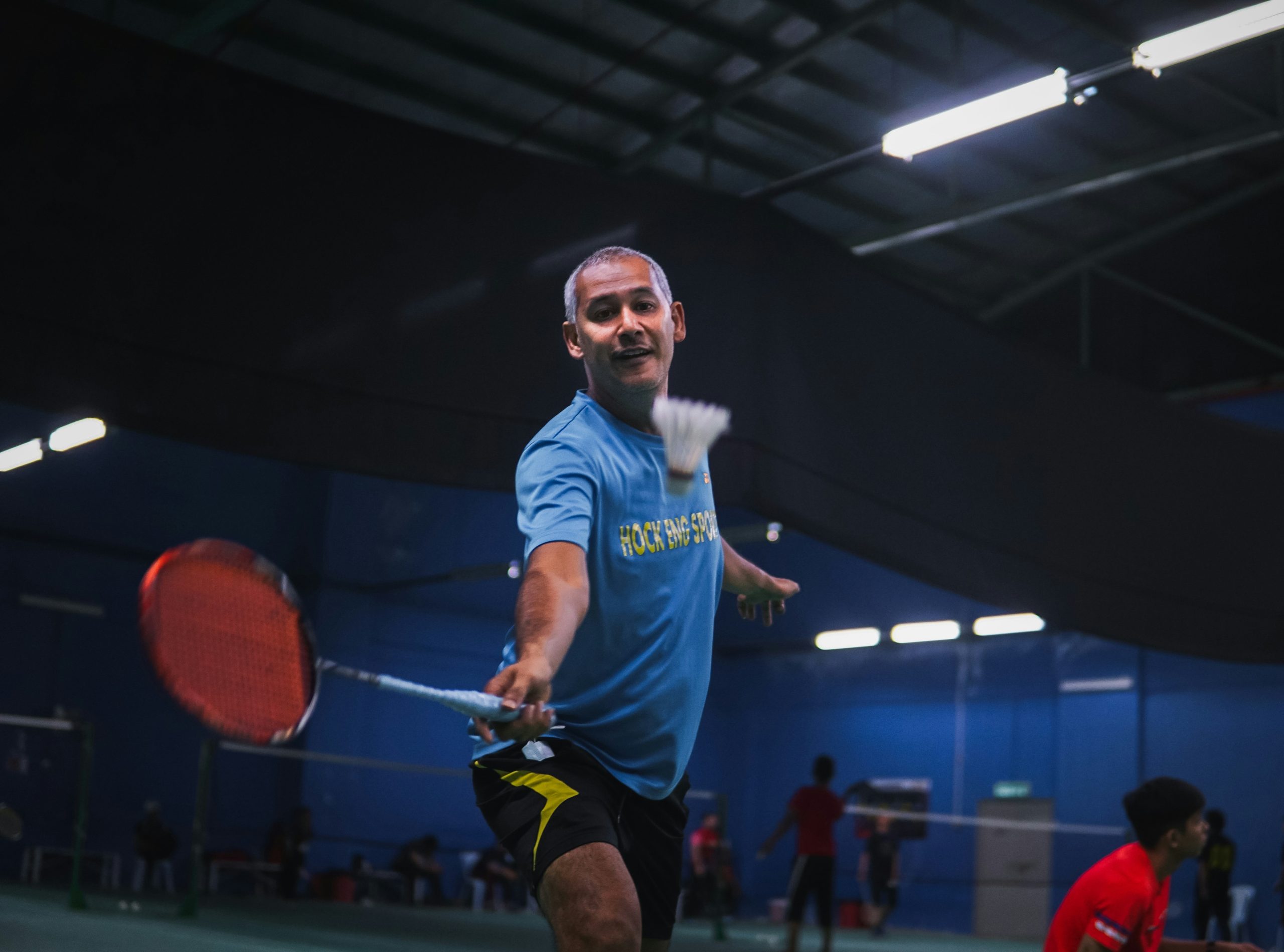
Gender Equality in Sports: Progress and Challenges
Introduction
Sports have historically been a realm dominated by men, with women facing numerous barriers and challenges to equal participation and recognition. Over the past century, significant progress has been made towards achieving gender equality in sports. However, disparities still exist in various aspects of sports participation, media coverage, sponsorship opportunities, and leadership roles. This article explores the journey of gender equality in sports, highlighting both the strides made and the obstacles that continue to impede progress.
Progress in Gender Equality
Increased Participation
- Since the early 20th century, there has been a steady rise in the participation of women in sports across different disciplines.
- Introduction of legislations like Title IX in the United States has significantly contributed to the growth of women’s sports by mandating equal opportunities for men and women in educational programs, including athletics.
- Events like the Olympics have seen a steady increase in female participation, with women now competing in almost every sport represented.
Breaking Stereotypes
Women athletes have challenged stereotypes and proven their capabilities in sports traditionally dominated by men:
“I’ve missed more than 9,000 shots in my career. I’ve lost almost 300 games. 26 times, I’ve been trusted to take the game-winning shot and missed. I’ve failed over and over and over again in my life. And that is why I succeed.” Michael Jordan
Media Coverage and Visibility
- There has been a gradual increase in media coverage of women’s sports, although it still lags behind men’s sports in terms of airtime and sponsorship.
- Platforms like ESPN’s The Undefeated are dedicated to covering issues related to race, culture, and sports.
Challenges Facing Gender Equality
Pay Equity
One of the most significant challenges in achieving gender equality in sports is pay equity:
“It’s a big step for people to say, ‘Oh, women are equal to men,’ but it’s not. We have a long way to go. It’s a good start, but we have to keep pushing and fighting.” Venus Williams
Representation in Leadership
- Women are significantly underrepresented in coaching and leadership positions across sports organizations.
- There is a need for more initiatives to encourage and support women in pursuing careers as coaches, managers, and administrators.
Cultural and Social Barriers
Cultural and social norms continue to pose barriers to women’s participation in sports:
“Every woman, every man, has their own special skills and abilities. Women’s sports are just as exciting, entertaining, and competitive as men’s.” Billie Jean King
Case Studies and Examples
Case Study: Serena Williams
Serena Williams, one of the most successful tennis players in history, has not only dominated her sport but also advocated for gender equality:
“You have to believe in yourself when no one else does. That’s what makes you a winner.” Serena Williams
Example: US Women’s Soccer Team
The US Women’s National Soccer Team has been a leading voice in the fight for equal pay and treatment:
“Equal pay is about demanding that people be treated fairly for their work regardless of their gender.” Megan Rapinoe
Conclusion
Gender equality in sports has come a long way, but there is still much work to be done. Increasing participation, improving media coverage, achieving pay equity, and promoting women into leadership roles are critical steps towards creating a more inclusive and equitable sports environment. By celebrating the successes of women athletes and addressing the remaining challenges, we can continue to move towards a future where sports truly embodies fairness and equality for all.



